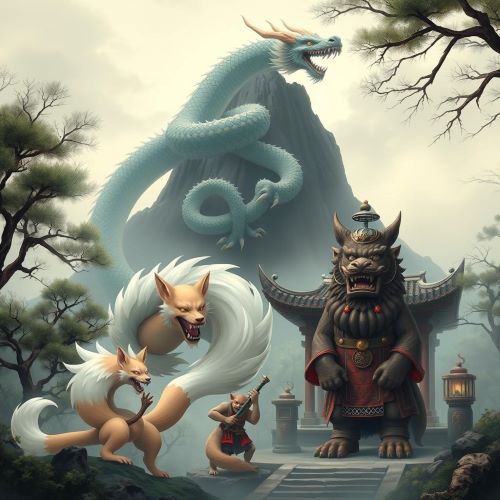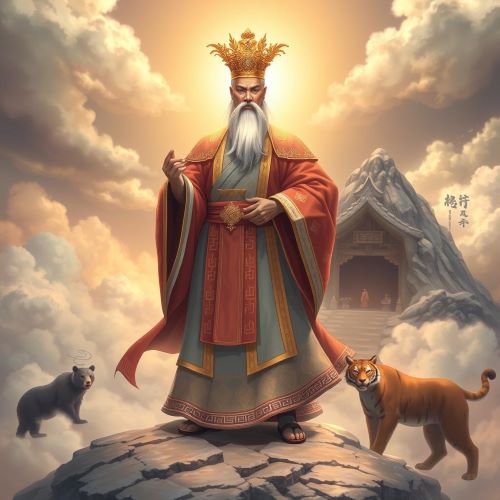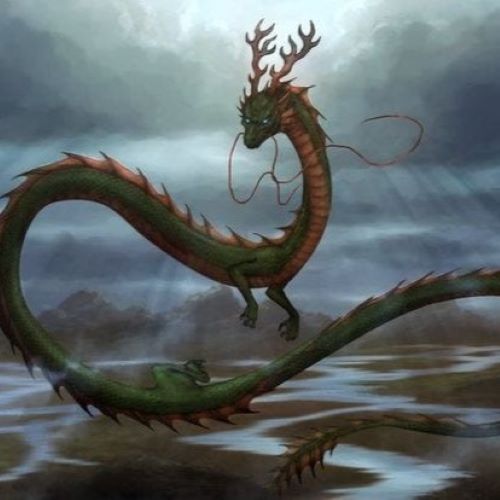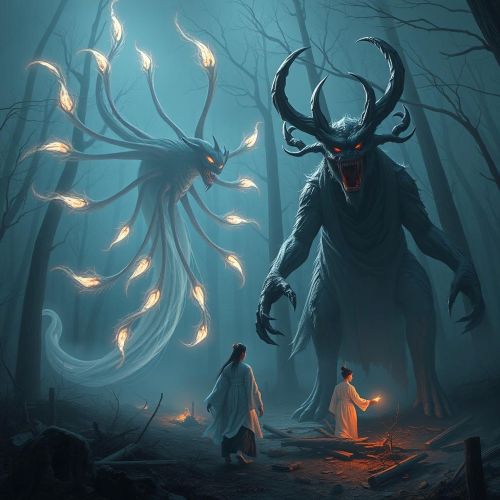How K Pop Demon Hunter Reimagines Korean Mythology
Introduction
Korean pop culture has always drawn inspiration from the country’s deep well of mythology and folklore. But in recent years, an intriguing genre fusion has emerged—K Pop Demon Hunter, a narrative universe that combines the flashy world of K-pop idols with the supernatural thrills of traditional mythological demon hunting. While both Korean mythology and K Pop Demon Hunter deal with spirits, monsters, and divine intervention, the two couldn’t be more different in their themes, tone, and purpose. This blog explores these differences, offering insight into how ancient belief systems have found a new voice in modern pop storytelling.
Understanding Korean Mythology
Korean mythology spans centuries of oral traditions, shamanistic beliefs, and regional folklore. Central to these myths are spirits such as dokkaebi (mischievous goblins), gwisin (restless ghosts), and celestial beings like Hwanung (heavenly prince). These tales often emphasize morality, cosmic balance, filial piety, and interactions between humans and the spirit realm.
Mythological figures like Dangun, the legendary founder of Korea, and Princess Bari, who guides souls to the afterlife, are deeply symbolic and spiritual in tone. Traditional myths were not meant to entertain as much as they were to educate, instill values, or explain the unknown.
Shamans known as mudang performed rituals to communicate with gods and spirits, offering healing and prophecy. These rituals were slow, symbolic, and imbued with reverence for ancestors and nature.
What is K Pop Demon Hunter?
K Pop Demon Hunter is a subgenre of narrative content often seen in webtoons, K-dramas, music videos, and fantasy games. It blends the glitz and glamour of K-pop culture with dark fantasy storytelling. Picture this: a K-pop idol group by day, secret demon hunters by night. It’s loud, action-packed, and unapologetically stylish.
These modern myth mashups feature idol characters wielding weapons infused with ancient power, fighting supernatural threats like possessed fans, cursed venues, or awakened mythological beasts. Visually, it borrows from cyberpunk, streetwear fashion, and traditional Korean aesthetics like hanboks, talismans, and geomantic symbols.
Key Differences Between Korean Mythology and K Pop Demon Hunter
1. Tone and Style:
Traditional Korean myths are solemn, symbolic, and spiritual. K Pop Demon Hunter is flashy, energetic, and action-focused. One deals in moral lessons and ancestral reverence, the other in dance battles and demon-slaying.
2. Characters:
Where Korean mythology features gods, nature spirits, and humble human heroes, K Pop Demon Hunter features highly stylized idols with superhuman powers, high-tech gear, and dramatic character arcs.
3. Purpose:
Korean myths sought to preserve cultural identity and moral values. K Pop Demon Hunter is crafted to entertain, gain fandom engagement, and often market idol personas or promote albums, games, or merchandise.
4. Setting and Time:
Myths are rooted in ancient Korea—forests, mountains, palaces, or underworlds. K Pop Demon Hunter takes place in hyper-modern Seoul, alternate dimensions, or stylized futuristic cities that merge the old and the new.
5. Symbolism vs Spectacle:
Traditional myths focus on symbolic lessons—like the balance between life and death. K Pop Demon Hunter is about spectacle: glowing weapons, epic boss fights, and dramatic storylines that echo anime and gaming tropes.
Why This Fusion Works
Despite their differences, K Pop Demon Hunter still draws heavily from Korea’s mythic DNA. Creatures like the dokkaebi become villains or comedic relief, while sacred symbols like Hanja inscriptions are used in magical glyphs. This blending allows a younger generation to rediscover Korean myths through the pop lens they already love.
This genre also serves a commercial and cultural purpose. By reimagining folklore through global pop culture, Korean creators can export their heritage in a format that appeals worldwide—riding the Hallyu wave while subtly preserving mythological roots.
Influence on Global Pop Culture
The K Pop Demon Hunter phenomenon mirrors similar trends elsewhere—like Japanese yokai-inspired anime or Marvel’s use of Norse gods. In K-pop, groups like VIXX, Dreamcatcher, and ATEEZ have leaned into supernatural and myth-inspired concepts, enhancing stage performances with symbolic storytelling.
Even international fans, unfamiliar with Korean folklore, are diving deeper into the culture to understand references in lyrics, choreography, and music videos. In this way, mythology is not just preserved—it’s revitalized and globalized.
Conclusion
K Pop Demon Hunter may not be Korean mythology in the traditional sense, but it’s a powerful evolution of it. It takes the soul of ancient stories and reinterprets them through a modern lens, allowing myths to live on—not in temples or scrolls, but on stages, screens, and fandom forums.
By merging the sacred with the stylish, this genre proves that even the oldest legends can learn new choreography.
No posts were found.









